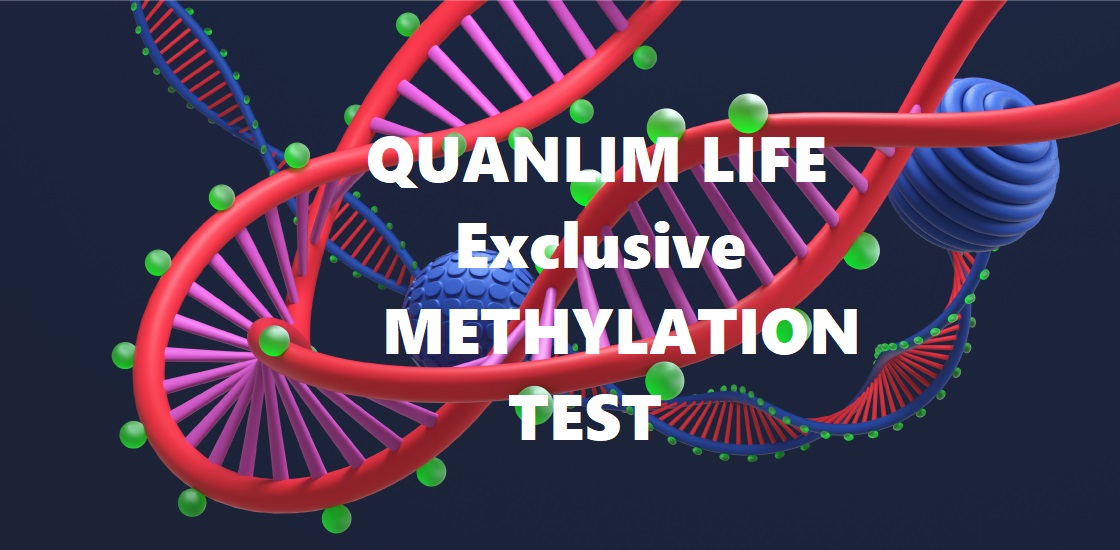Welcome to our weekly Quanlim Life- Health information and news for Farmers and families.
You've probably heard of antihistamines. They're medicines that tame allergy symptoms. But what are histamines? They're chemicals your immune system makes. Histamines act like bouncers at a club. They help your body get rid of something that's bothering you -- in this case, an allergy trigger, or "allergen." Histamines start the process that hustles those allergens out of your body or off your skin. They can make you sneeze, tear up, or itch -- whatever it takes to get the job done. They are part of your body's defense system. When you have allergies, some of your triggers -- such as pollen, pet dander, or dust -- seem harmless. But your immune system sees them as a threat and responds. Your body's intention -- to keep you safe -- is good. But its overreaction gives you those all-too-familiar allergy symptoms, which you then try to stop with an antihistamine.
First, it sends a chemical signal to "mast cells" in your skin, lungs, nose, mouth, gut, and blood. The message is, "Release histamines," which are stored in the mast cells.When they leave the mast cells, histamines boost blood flow in the area of your body the allergen affected. This causes inflammation, which lets other chemicals from your immune system step in to do repair work. Histamines then dock at special places called "receptors" in your body.The result? If your nose was affected -- say by pollen -- histamines prompt thin walls, called membranes, to make more mucus. You can get a runny or stuffy nose. And you'll sneeze. The mucus can also bother your throat and make you cough. Histamines can make your eyes and nose itch.
If you have a food allergy, histamines are in on that response process, too. When you accidentally eat or drink something you shouldn't, they'll work in your gut to trigger your allergic reaction. Some foods are also naturally high in histamines. These include aged and fermented foods and alcohol (especially red wine). Some people may be sensitive to that. "Histamine poisoning" can happen if you eat fish that weren't kept at safe temperatures and spoiled before you got them. Those fish can build up high levels of histamines, which can make you sick. Doctors call this "scombrotoxin fish poisoning," or SFP. It's not likely to happen with good food safety practices.
You need to eat food that is low in Hitamines.
It time to go and visit a real Professional Healthcare Practitioner- you need to sort out the Reason - not the symptoms.


SPINE
Your spine is an important bone structure that supports your body and helps you walk, twist and move. Your spine is made up of vertebrae (bones), disks, joints, soft tissues, nerves and your spinal cord. Exercises can strengthen the core muscles that support your spine and prevent back injuries and pain. The spine, or backbone, is a bony structure that supports your body. It connects different parts of your musculoskeletal system, which includes your body’s bones and muscles. Your spine helps you sit, stand, walk, twist and bend.
What are the parts of the spine?
- Vertebrae: Your spine has 33 stacked vertebrae (small bones) that form the spinal canal. The spinal canal is a tunnel that houses your spinal cord and nerves, protecting them from injury. Most vertebrae move to allow for a range of motion. The lowest vertebrae (sacrum and coccyx) are fused together and don’t move.
- Facet joints: These spinal joints have cartilage (a slippery connective tissue) that allows vertebrae to slide against each other. Facet joints let you twist and turn, and they provide flexibility and stability.
- Intervertebral disks: These flat, round cushions sit between the vertebrae and act as your spine’s shock absorbers. Each disk has a soft, gel-like center (nucleus pulposus) surrounded by a flexible outer ring (annulus fibrosus). Intervertebral disks are under constant pressure, which may cause the nucleus pulposus to squeeze out and contact nerves, leading to symptoms like sciatica.
- Spinal cord and nerves: Your spinal cord is a column of nerves that travels through your spinal canal. The cord extends from your skull to your lower back. Thirty-one pairs of nerves branch out through vertebral openings (neural foramen). These nerves carry messages between your brain and muscles.
- Soft tissues: Ligaments connect the vertebrae to hold your spine in position. Muscles support your spine and help you move. Tendons connect muscles to bone and help prevent muscle injury while aiding in movement.
Strong back muscles can protect your spine and prevent spine conditions. Try to do back-strengthening and stretching exercises at least twice a week. Exercises like planks strengthen your core (abdominal, side and back muscles) to give your spine more support.
Other protective measures include:
- Bending your knees and keeping your back straight when lifting items.
- Maintaining a healthy weight.
- Using good posture (sitting up straight, not slouching).
BOODSKAP
Its time that you read all the SIDE EFFECTS if your Prescribed Drugs- it's not that simple- it's serious.
Never put supplements in your mouth unless you know what your body needed and what your Methylations status are. Synthetic products is not healthy, and not part of your body. You need to know what is really wrong in your body,before you use anything. Only a real professional health practitioner with the right equipment will be able to find the real coarse and not reacting on the symptoms.
Don't jump on the wagon and start drinking Methylation products- this will also be bad- You need to use the full combination to finally get all the Vitamines, Amino Acids and Minerals you needed.
QUANLIM LIFE - LIFEISELECT
We only make use of Suppliers who practise the following
We only purchase raw herbal ingredients from reputable manufacturers.
A signed certificate of analysis must accompany each ingredient.
Even from excellent sources, we occasionally reject a herbal extract because it does not meet our strict requirements.
All our products are manufactured in sterile environments.
We adhere to strict international Good Manufacturing Practices.
Our manufacturing facility is inspected by the Medicines Control Council on a regular basis.
Up to date batch records are kept on all manufactured products.
To ensure safety, shelf life and stability on our dermatological products, stability testing is done on a regular basis.
Message
Regulation 42(4) prohibits any off-label statements. This means, any indication for which a product is not registered for that use by SAHPRA – the medicines regulatory authority. Any person or entity, are offences in terms of section 29 of the Medicines Act, which could attract fines or even imprisonment. What is permitted are disease awareness campaigns, which we as a company fully support, as they benefit public health, if the public and patients are empowered. Disease awareness activities may however not lead to the support, endorsement or recommendation, specifically or by implication, of any specific schedule 2 to 6 medicine. South Africa.
























